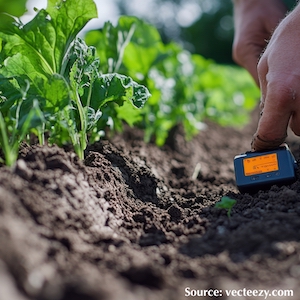Original Articles
Vol. 48 No. 3 (2017)
Performance evaluation of cassava starch-zinc nanocomposite film for tomatoes packaging

Publisher's note
All claims expressed in this article are solely those of the authors and do not necessarily represent those of their affiliated organizations, or those of the publisher, the editors and the reviewers. Any product that may be evaluated in this article or claim that may be made by its manufacturer is not guaranteed or endorsed by the publisher.
All claims expressed in this article are solely those of the authors and do not necessarily represent those of their affiliated organizations, or those of the publisher, the editors and the reviewers. Any product that may be evaluated in this article or claim that may be made by its manufacturer is not guaranteed or endorsed by the publisher.
Received: 5 May 2016
Accepted: 3 November 2016
Accepted: 3 November 2016
2545
Views
1092
Downloads
423
HTML









